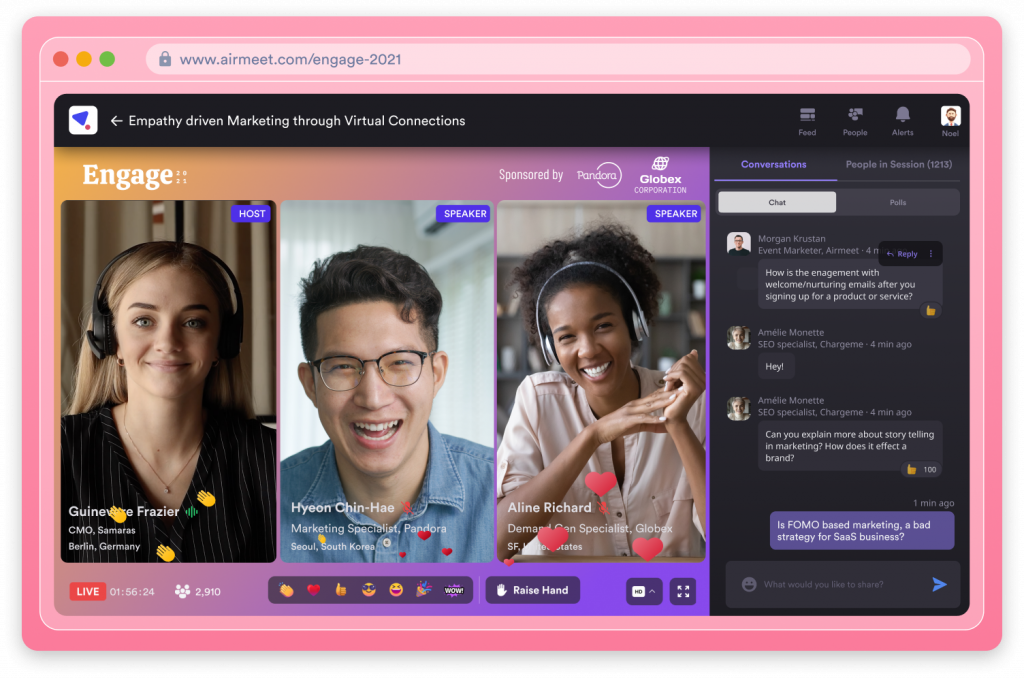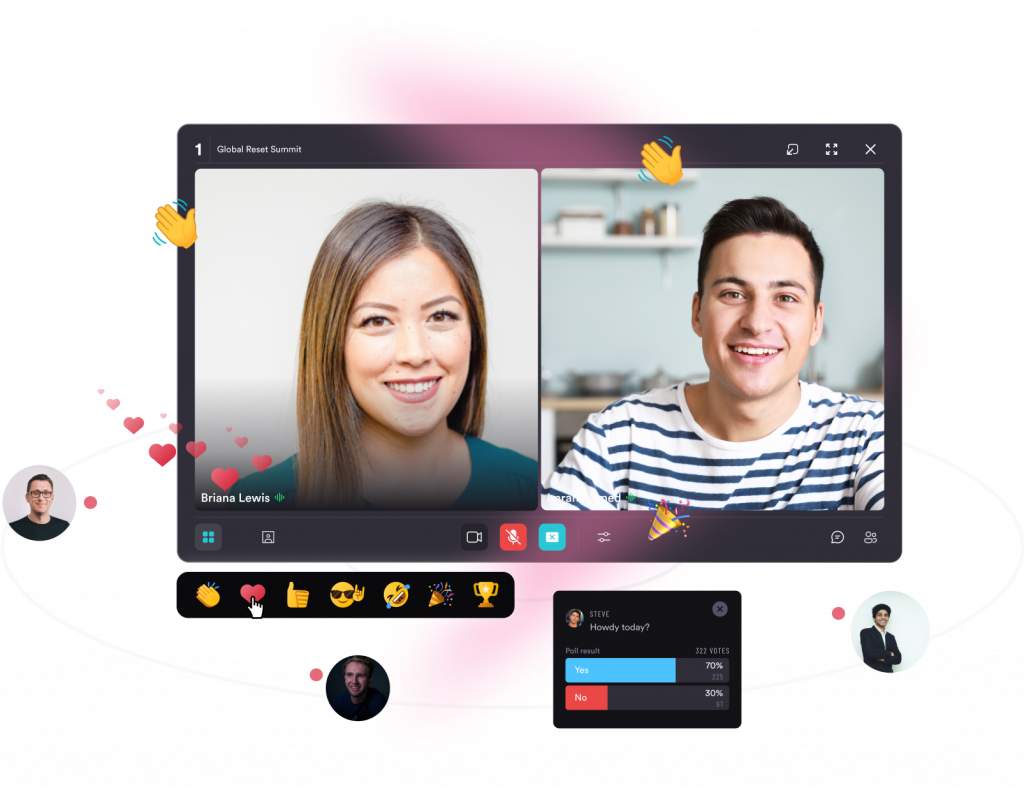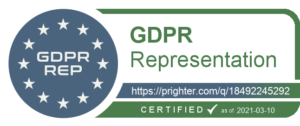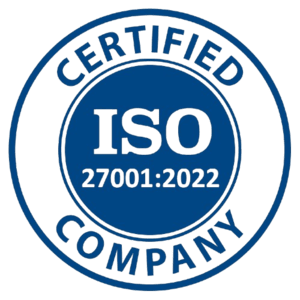Events are amazing tools for any business. They are available in various, and the kind of event one chooses for their business varies with their goal.
When it comes to hitting the sales and marketing goals, including webinars can be critical to the event marketing strategy.
There are many reasons why webinars have become popular. One of the simplest reasons is that you can reach out to a wide audience through a single webinar.
What is a live webinar?

Simplistically speaking, a webinar is a seminar that is hosted using the web or the internet.
Webinars can be used to educate your audience about your business, demonstrate a product to customers, onboard new customers, for training, and for generating new business leads.
The next logical question is, how does a webinar work? A webinar typically has an expert sharing information with his/her audience. The information may include documents, videos, graphs, and voice notes. Most marketers use a webinar hosting platform to host these events.
There are three webinar formats that event marketers use: webinars or live webinars, automated webinars, and hybrid webinars.
A hybrid webinar is typically a mix of the first two formats. Hence, let us understand live and automated webinars and how they can help in marketing and sales pitches.
How do webinars work?
When a seminar is presented in real-time, it is called a live webinar. In live webinars, the audience gets the opportunity to interact with the speaker.
So, how does a live webinar work? The organization hosting the webinar promotes and advertises the event. Attendees interested in the event go to the webinar landing page, sign up and join the event.
At the stipulated time, the speaker goes live and makes his presentation. Almost every webinar includes interaction with the audience.
Pro-tip: You need a virtual event hosting platform to host your webinar. You can also power up your webinar and do more than broadcasts via Airmeet. Airmeet comes with interactive features Q&A, Chatbox, Polls, and raise a hand and invite to the stage.
Where are webinars used?
Webinars are used across departments and industries.
To cite an instance, in sales and marketing, webinars are used for networking. In the healthcare industry, they are utilized for patient audits, compliance assessments, and education.
What is a pre-recorded webinar?
An automated webinar is a pre-recorded presentation. The speaker records his entire presentation at his/her convenience and shares it with the audience. This kind of webinar can be viewed by attendees at their convenience breaking the barrier of time and time zones.
These webinars are on auto-pilot and need less involvement from the host. They are uploaded on platforms or websites and the attendee can watch them over and over again.
Differences between a live webinar and an automated webinar
Both these kinds of webinars have their benefits and disadvantages. Here is a quick guide to help you decide which is which.
| Features | Live Webinar | Automated Webinar |
| Engagement | The live presentation makes the event more engaging and personal. | Being pre-recorded, the level of engagement is lower and direct conversations with the host are limited. |
| Interaction with host | The speaker can use the available interactive tools like polls, chat, and Q&A to interact with the audience live. | The chances of live interactions are lesser since these are pre-recorded. |
| Conversion ratio | A live webinar is proven to have a higher conversion rate, mostly because the doubts and queries of the audience are addressed in real-time. | The conversion rate is much lower for a pre-recorded webinar. |
| The lifespan of the content | Speakers can make last-minute changes and update content to appeal to the audience. |
Since these are pre-recorded, the content remains the same until the webinar is updated or re-recorded with the latest information. Having said that, the content’s lifespan is longer in such webinar types |
| Look and feel of the webinar | Live presentations are more challenging and there are chances of making mistakes and missing out on information. | Since there is a possibility of editing, these webinars are largely error-free and have polished content. |
| Setbacks and technical glitches | There are more chances of setbacks and technical glitches from the host’s end in this webinar format. | Since these webinars are pre-recorded, there is no scope for issues from the host’s side. |
| Increased ROI | Live webinars only allow a fixed number of attendees and are available only at a fixed time. This limits your revenue earnings from the webinar. | If done well, this format can serve as an additional source of revenue as it is always available to watch. |
Pre-recorded vs. live webinars – making the right choice
So, how do you choose between these two webinars?
Simple. If the information you want to share with your audience is constant or will remain unchanged for some time, then an automated webinar may be the right choice for you. For example: If your webinar is a product demo, it is wise to choose an automated webinar.
On the other hand, if you aim to sell something new, impart training, generate leads, or get instant feedback for your presentation, you should choose a live webinar. Since your attendees share information to sign up for a webinar, this results in high lead generation, and the right strategy can result in high conversion as well.
An example in point would be the masterclass hosted by The Hockey Site on Airmeet. Ernst Baart, Founder, The Hockey Site (THS), was looking for a partner for hosting a hockey masterclass for coaches. After exploring many platforms he felt that the feature set of Airmeet met his needs perfectly.
THS initially hosted masterclasses once a month for hockey coaches. But after partnering with Airmeet they now host these live webinars twice a month and have been able to reach out to 1200+ coaches across 20 countries.
In essence, your event end goal should determine the kind of webinar that you choose.
Pro-tip: Apart from the webinar-style, you also need to focus on content, marketing strategy, and post-event follow-up to achieve desired results.
Webinar hosting platforms
Irrespective of the style of your webinar, what you need is the right webinar hosting platforms. Airmeet, one of the best webinar platforms, is a one-stop solution for all your virtual webinar hosting needs from event services to analytics.
It offers many features like HD quality audio and video, tables and booths for enhanced sales and networking, numerous interactive features, end-to-end support, and also free hosting of events for up to 100 attendees.
Way forward for webinars
Though the blog has detailed the when, why, and how of both webinar styles, the best way to find out which style works for you is by experimenting. Measure your results, and you will be able to determine the formula that works best for you. Or, you can talk to our product expert and schedule a demo to see how Airmeet helps.
Frequently asked questions
A webinar is an immersive and interactive online event that allows the presenter to virtually share documents, presentations, infographics, and other multi-media content with worldwide audiences.
Some webinar hosting platforms offer the host the choice of recording their event. It can be done by simply clicking the record button on the screen. Airmeet offers automatic recording of the entire webinar session and saving it on the cloud, which can be easily downloaded later.
Webinar creation involves key steps that include selecting the team, event technology platform, and event format. To host a great webinar, focus on creating content, marketing, conducting dry-runs, going live, and post-event follow-up.
Webinar promotion is a planned activity that should ideally start four weeks before the event. Emails, social media, using influencers, and using your team’s network are some of the popular ways to promote a webinar.
Use the event link shared by the organizers to reach the webinar landing page. This page will display event details including schedule, speakers, hosts, event partners, etc. To participate, click on the “Register for this event” button on this page and complete the registration formalities by filling out details like name and designation. Once you have registered successfully, the organizer will share a link with you that you can use to sign in to the event.
Webinar hosting best practices include deciding the objective, selecting the topic, creating excellent content and presentation. As a next step, choose the platform, select the time and date, practice, and go live.
Apart from educational purposes, webinars are also used for networking, marketing, and sales. They make powerful content marketing tools to increase reach, establish authority, and nurture relationships. Webinars are also an excellent way to increase B2B lead generation.
A Zoom meeting is a collaborative event where people can talk, hear and see each other. On the other hand, a webinar is more interactive, personal and gives the feel of attending a live event. So, depending on the end result you desire you can decide between a Zoom meeting and a webinar.
A webinar is a live interactive presentation. In contrast, a webcast is a recorded presentation that is broadcast over the internet.
A webinar interview allows the host to ask relevant questions to industry experts. To conduct a webinar interview, one needs to define the purpose, identify the audience, research, and develop the right questions to ask the thought leader or industry leader. A webinar interview can be live or pre-recorded.




























